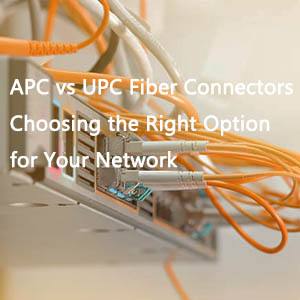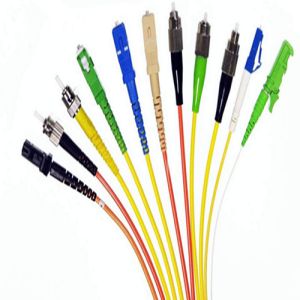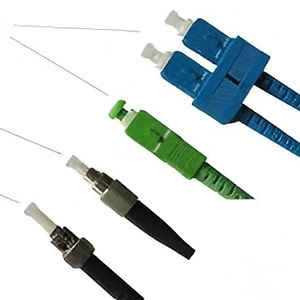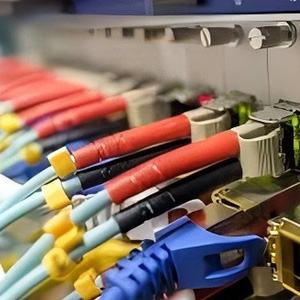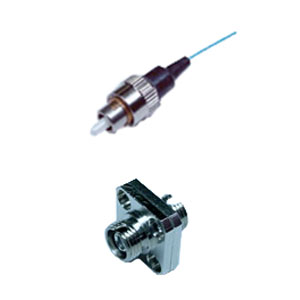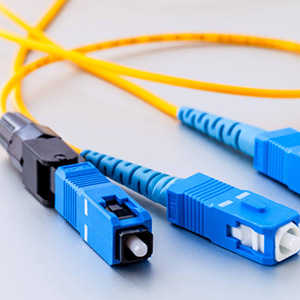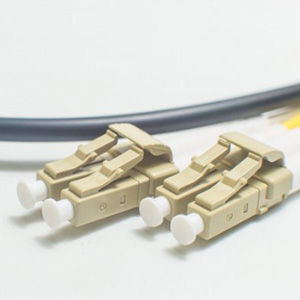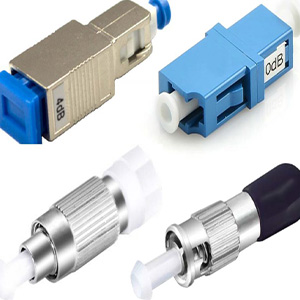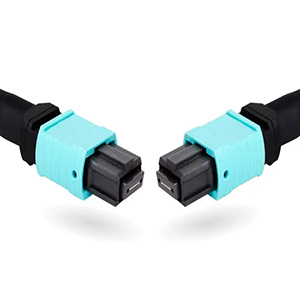In the intricate web of modern communication, fiber optic connectors, also known as terminations, are the linchpins that link cables together, ensuring unimpeded transmission of data pulses. The diversity of fiber optic connectors types is tailored to meet a variety of applications, ensuring optimal performance of fiber optic cables and the devices they serve.
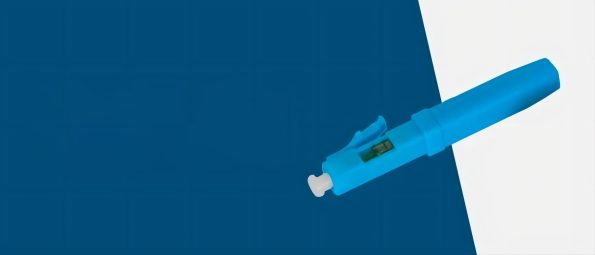
What Is a Fiber Optic Connectors?
A fiber optic connectors, synonymous with the term “termination,” is the interface that joins two segments of fiber optic cables. These connectors house and secure the fiber optic strands within a ferrule, a component integral to the connection and stabilization process. Ferrules come in various designs, from those that screw into a mating adapter for a tight fit to bayonet-style or snap-together mechanisms. Some even feature a spring-loaded system that maintains a consistent connection force, enhancing the link’s reliability.
Fiber optic connectors are not merely passive components; they actively facilitate the integration of cables into converters or directly into devices, enhancing the seamlessness of data transmission.
What Are Fiber Optic Connectors Used For?
Fiber optic connectors serve a multitude of purposes, contingent upon the type of connector employed. They are extensively utilized in several domains:
- Internet and Local Area Networks (LANs): Fiber optic cables are prized for their superior bandwidth, making them ideal for internet and LAN connectivity within buildings. As companies increasingly adopt fiber cables to telecom closets, there is a shift towards a future where all-fiber networks could become the standard, propelled by advances in fiber technology and cost reductions.
- Community Antenna TV (CATV) and Telecommunications: CATV and other telecom entities favor fiber optic cables for their signal delivery due to the cost-effectiveness over long distances, minimal signal loss, and high bandwidth. Single-mode fiber optic cables are often employed for their capacity to carry a multitude of voice and video signals with unparalleled speed and distance.
- Digital Telephone Service: The digital telephone sector is another beneficiary of fiber optic technology, with single-mode fiber cables being a top choice for business telephony applications.
- Public Utility Networks: Entities like electrical and water utilities leverage fiber optics for various applications, including CCTV security and real-time operational data networks. The resilience of fiber optics to electromagnetic interference has prompted early adoption in these sectors.
- Industrial Networking: In industrial settings, where electromagnetic interference can disrupt communication, fiber optics offers a reliable alternative. The connectors used in these environments must be robust, resistant to vibrations, and capable of maintaining connections in the face of movement.
- Military Networks: The military relies on fiber optics for connectivity in challenging environments, where traditional communication lines are vulnerable to interference and tapping. Fiber optics also contribute to weight reduction in vehicles and aircraft.
- Security Systems: Fiber optic cabling, particularly for CCTV, provides high-speed data transmission, enabling control over camera angles and facilitating long-distance surveillance with minimal signal loss.
- Lighting: Beyond data transmission, fiber optics is utilized for transmitting light over long distances, suitable for heat-sensitive or hard-to-reach locations, such as museum displays or aquatic environments.
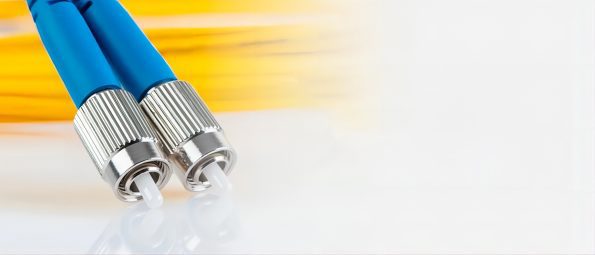
What Are the Types of Fiber Optic Connectors?
Fiber connectors are categorized based on their cable compatibility, with single-mode and multimode connectors designed to match the cable’s mode. Common types include LC, SC, ST, FC, MPO, and MT-RJ connectors, each with unique characteristics and applications.
Advantages and Disadvantages of Fiber Optic Connectors
Each connector type offers specific advantages and disadvantages, which should be carefully considered based on the application’s requirements. Factors such as size, ease of installation, connection reliability, and cost-efficiency are pivotal in selecting the appropriate connector.
Choosing the Right Types of Fiber Optic Connectors
Selecting the appropriate fiber connector involves considering the cable type, physical contact type, and the requirements of the device to be connected. Consulting a fiber optic connectors types chart can aid in making an informed decision.
For businesses seeking custom fiber optic solutions, reaching out to experts like Fiber-Life can provide tailored advice and products that meet specific needs, ensuring compatibility and efficiency.


